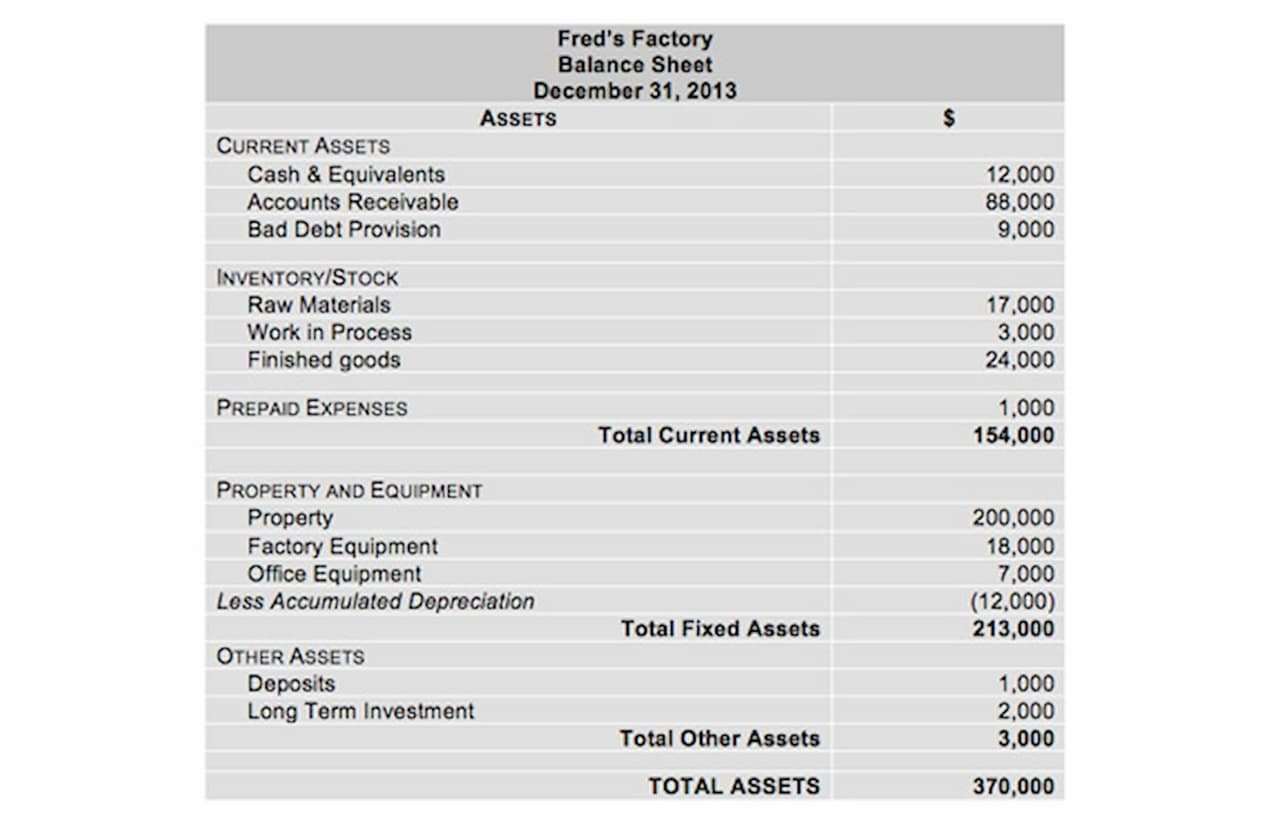A Comprehensive Guide to Depreciation Journal Entry in Accounting

Accumulated depreciation is the balance sheet item account while depreciation is the income statement account. In the other method of recording depreciation, an account in the name of accumulated depreciation is created. This account is used to accumulate the total depreciation throughout the life of an asset.

How to Record Depreciation Journal Entry
In this example, we use the straight-line method to calculate the value of depreciation. You can also use any method, but the entries will be the same for all the methods. As you have seen, when assets are acquired during an accounting period, the first recording of depreciation is for a partial year. Accordingly in this example the depreciation expense is calculated using the straight line depreciation formula as follows. The depreciation expense journal entry ABC company will continue to charge the annual depreciation charge until year 10.

Choose a depreciation method
Here’s a table illustrating the computation of the carrying value of the delivery van for each year of its useful life. On the balance sheet, the asset’s original cost is shown, less the accumulated depreciation, resulting in the net book value (or carrying value). For instance, equipment bought for $50,000 with $10,000 in accumulated depreciation has a net book value of $40,000.
Cash Flow
- In Saudi Arabia, proper depreciation accounting also helps businesses meet Zakat, Tax, and Customs Authority (ZATCA) requirements, particularly under VAT and tax filing rules.
- Income earned during a period of accounting but not received until the end of that period is called accrued income.
- Each journal entry is also accompanied by the transaction date, title, and description of the event.
- This increases the expense balance on the income statement for the period.
Failing to record depreciation overstates the asset value and net income, misrepresenting the financial position of a business. When assets are purchased or disposed of mid-year, depreciation must be prorated based on the time the asset was in use. If additional equipment is purchased mid-year, calculate prorated depreciation and adjust entries accordingly. For example, an asset worth $ 50,000 with an estimated useful life of 10 years and zero salvage value will have a depreciation cost of $ 5,000 every year.

An accelerated depreciation method that expenses more in the earlier years. For example, an asset worth $ 50,000 with an estimated useful life of 10 years and zero salvage value will have a depreciation charge of $ 5,000 in the first year. It will have a reduced charge of $ 4,500 for the next QuickBooks year, and so on until the full cost is covered. A firm can use one of the many depreciation calculation methods available.
- At any point in an asset’s life the asset must be represented in the balance sheet and elsewhere at its carrying value and not at its full cost.
- The revised calculations would then be reflected in the subsequent journal entries.
- Since the equipment is a tangible item the company now owns and plans to use long-term to generate income, it’s considered a fixed asset.
- Real estate companies also use the straight-line method to depreciate their buildings.
Journal Entry for Depreciation
- Depreciation expense will impact the income statement and deduct company profit.
- These entries are adjusting entries made at the end of the accounting period.
- In a double-entry system, depreciation expense is determined by dividing the cost of an asset by the estimated useful life of an asset.
- Although it lowers profit, depreciation is a non-cash expense, meaning no actual cash outflow occurs when it is recorded.
- If an asset’s value increases, this increase is not included in the depreciation journal entry.
This journal entry is necessary for the company to present an actual net book value of its total assets as well as a more realistic view of its profit in June 2020. Without this journal entry of depreciation expense, total assets on the balance sheet will be overstated by $45 while total expenses on the income statement will be understated by $45 in June 2020. The company can make depreciation expense journal entry by debiting the depreciation expense account and crediting the accumulated depreciation account. Recording depreciation requires a journal entry based on double-entry bookkeeping, where total debits equal total credits.

Benefits of Depreciation Accounting Entry
Understanding depreciation is crucial for businesses as it helps them to accurately calculate the value of their assets and their net worth. There are different types Cash Flow Management for Small Businesses of depreciation methods that businesses can use, and each has its own advantages and disadvantages. A reduction in the value of tangible fixed assets due to normal usage, wear and tear, new technology or unfavourable market conditions is called Depreciation. Whether you maintain the provision for depreciation/accumulated depreciation account determines how to do the journal entry for depreciation. Understanding depreciation is crucial in accounting as it helps in determining the true value of an asset over time. There are different types of depreciation methods used in accounting, and each method has its own set of journal entries.
Accounting for Asset Disposal
Accumulated depreciation records the cumulative depreciation expense of a fixed asset over its useful life, reflecting the reduction in its value due to wear and tear, obsolescence, or usage. Asset depreciation is the process of allocating the cost of a fixed asset over its useful life. This accounts for the fact that assets depreciate due to wear and tear, obsolescence, and other factors. Depreciation journal entries, a cornerstone of accounting, empower businesses to accurately spread the cost of assets over their lifespan.
- The purpose of an accounting journal is record business transactions and keep a record of all the company’s financial events that take place during the year.
- Over time, this reduces the book value of the asset on the balance sheet.
- The choice of method will depend on the nature of the asset, its expected useful life, and the company’s accounting policies.
- Purchase Returns are the goods returned by the company to the seller or creditors.
- Since fixed assets are purchased at a lump sum initially, they have to be expensed on the income statement over time to reflect the accurate financial position of the company.
- Anything over $5,000 is capitalized and gradually depreciated across its useful life.
Financial Reconciliation Solutions
It accounts for the wear and tear, obsolescence, or other factors that reduce an asset’s value over time. This process ensures that the expense recognition aligns with the revenue generated from the asset’s use, adhering to the matching principle in accounting. The depreciation expense account is used to charge the depreciation cost of each asset individually. The contra entry for depreciation expense will be the accumulated depreciation account. There are several methods of depreciation, including straight-line, declining balance, sum-of-the-years’-digits, and units of production. The main difference between these methods is the way in which they allocate the cost of the asset over its useful life.